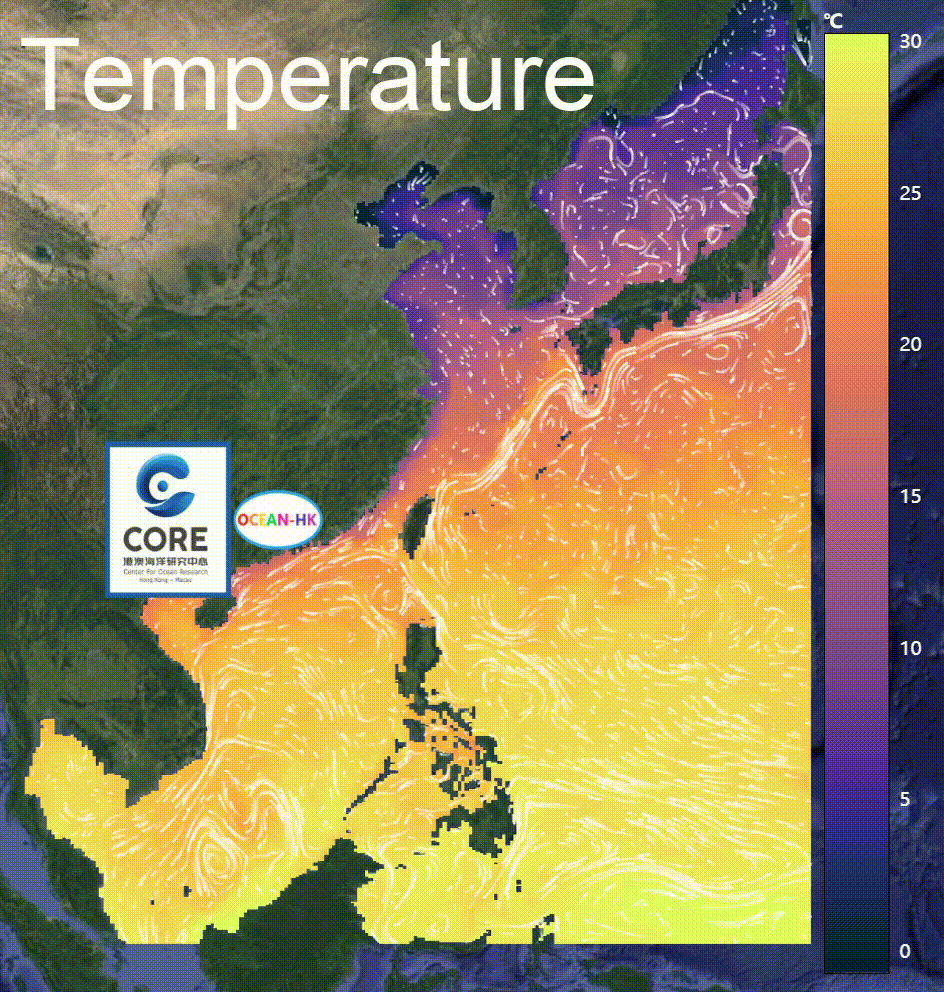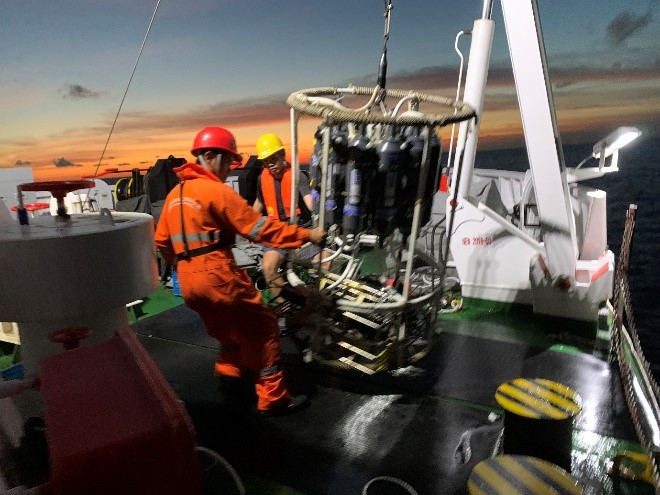Our Waters Visualized


Collecting oceanic data in situ poses logistic challenges, compounded by significant limitations in space and time. To overcome the scarcity of field data, modeling is often a critical tool to fill in the spatiotemporal gaps, opening the door for better understanding and forecasting of processes governing oceanic circulation and biogeochemical cycles in the ocean.
Riding on his decades of research, Prof Jianping Gan and his interdisciplinary team launched WavyOcean, a platform built upon their rigorously validated China Sea Multi-scale Ocean Modeling System (CMOMS), which is capable of reproducing 3D oceanic circulation and distributions of biogeochemical substances governing the sustainable ecosystem and region changing climate in the China Sea. WavyOcean employs state-of-the-art numerical simulations to present interactive variations in the transport of water masses, energy and substances, as well as environmental and atmospheric parameters in three dimensions. The vast volume of datasets available for download would enable further studies on marine hydrodynamics, hazards, pollution and climate change, informing governmental strategies for conservation and coastal development.
This endeavor is part of the team’s OCEAN-HK project funded under the Theme-based Research Scheme, which looks into the intensifying eutrophication and hypoxia in our local waters. The dynamic model powering WavyOcean would be elucidating their precise sources within the ecosystem for better water management.
Prof Jianping Gan is Chair Professor of Department of Ocean Science, Department of Mathematics and Division of Environment and Sustainability. He directs the Center for Ocean Research in Hong Kong and Macau, the Joint Lab for Coastal Observation and Modeling, and the Ocean Dynamics and Modeling Program.